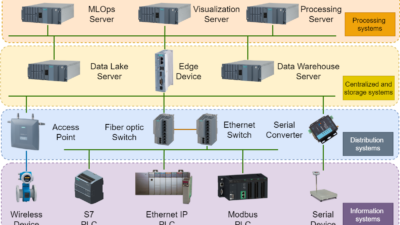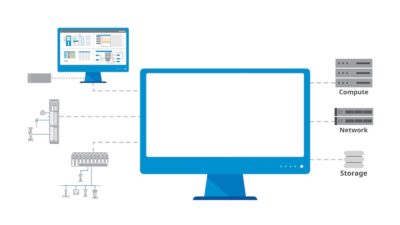One thing people like about the Internet is that they can remain completely anonymous. At least, that's how it used to be. Try to surf the web these days, and you'll almost certainly run into a site that requires registration to view all the information the site contains. This means entering personal information that many people don't care to share, such as name, address, and telephone nu...
One thing people like about the Internet is that they can remain completely anonymous. At least, that’s how it used to be. Try to surf the web these days, and you’ll almost certainly run into a site that requires registration to view all the information the site contains. This means entering personal information that many people don’t care to share, such as name, address, and telephone number.
This brings up the issue of security. How accessible is one’s personal information to others? Since the Internet is not just one computer, but rather a vast network of interconnected computers, it is likely that the route to a web site’s server will pass through multiple computers on its way to the final destination. Therefore, any information sent via the Internet can be intercepted at several different points. The challenge is to ensure that data passes through all points safely.
Of course, the best way to prevent information from being discovered is not to give it out at all. But as the Internet becomes increasingly prevalent, this may not be an option in some cases. In fact, many users give out information without even knowing it.
Cookie Monster?
A cookie is a small amount of programming code that allows a web server to gather and retain user information in an environment that normally doesn’t allow it.
When the user initially accesses a web site, this cookie is transferred to the user’s web browser. Every subsequent time that user accesses the web site, a copy of the cookie is returned back to the server, allowing the server to “remember” the user.
Most of the information the cookie returns is supplied by the user at some point. But some things, such as domain name and browser type, can be gathered by a web server without any action from the user. To avoid this, newer versions of Microsoft Internet Explorer and Netscape Navigator have an option to warn the user before accepting a cookie, or to reject cookies altogether.
Keep in mind, though, that if you accept cookies, you are leaving small bits of information about yourself all over the Internet landscape. Anyone who knows the right path to take can track where you’ve been on the web. This in itself is not destructive, nor can it harm your computer, but it may leave you open to unsolicited contact (such as “spam” e-mail) in the future.
For more information about cookies, visit Cookie Central at www.cookiecentral.com . Here you can find detailed explanations on how cookies work, and how they can work against users. News updates, legal discussions, and demos are also available.
Give up the info
Many web sites require that the user supply certain information to the server to fully access the site. This allows the company behind the web site to gather information for research or advertising, and customize the site to better cater to user needs.
Thus, concern over security and privacy keeps growing. No one wants a hacker to access private customer information. Security measures are a necessity for any online business, and these measures need to be clearly displayed to customers.
There are several ways to tell if a web site is secure and private, including:
-
The site mentions use of secure socket layer (SSL) protocol for transmission of sensitive data;
-
The URL at the top of the browser window starts with https instead of http ;
-
In Microsoft Internet Explorer, a small lock icon appears in the status bar at the bottom of the browser window; and
-
In Netscape Navigator, a small key icon appears in the status bar.
For more information on Internet security, visit the World Wide Web Consortium’s at www.w3.org/Security/faq/ . This primer on all kinds of security basics includes the latest technologies available to ensure a safe and secure web site.
| Author Information |
| Laura Zurawski, web editor [email protected] |
Failure prevention
Failure Mode and Effects Analysis (FMEA) is a systematic failure analysis method often used for manufacturing and product design systems. It helps identify potential problems before they adversely affect a critical system.
The FMEA Training & Implementation Guide is a computer-based, user-friendly training tool developed by Paul R. Vragel, president of 4aBetterBusiness Inc. (Skokie, Ill.). The guide covers proven FMEA techniques and provides instructions for understanding and implementing these techniques not only in manufacturing systems, but also in other areas of business, including design and maintenance of e-commerce web sites.
According to Mr. Vragel, there is no “one size fits all” solution to preventing failure in business systems. He outlines six steps to determining the best course to take:
Lay out how business processes and e-commerce systems work together;
Identify how business processes and e-commerce systems can fail;
Identify the likelihood of failures;
Determine how easily failures can be detected before they do significant damage;
Prioritize problems by risk; and
Develop systems and controls to prevent the failures.
Knowing the types of potential problems and how much a system is at risk can help companies to design and implement changes to prevent costly disasters down the road.
For more information on the FMEA Training & Implementation Guide, visit



